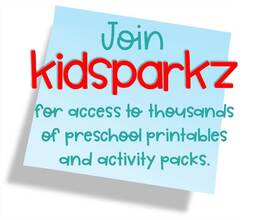|
Do you use the letter of the week method? Why? Many early childhood educators teach letters and their sounds by presenting a new letter each week, and then emphasize that letter by programming activities that begin with it. For example, when teaching the letter B, they might string “b”eads, study “b”utterflies, and eat “b”agels. When using this method, which is informally known as the Letter of the Week method, it takes almost the complete school year to get through the alphabet. Teachers, caregivers and parents who advocate this method say they use it because:
Some of the reasons: Children are developmentally ready, and motivated, to learn the names and sounds of letters, at different ages and stages. If a child is ready to learn letters, they are ready to learn lots of letters, not just one. I have seen motivated children learn a complete alphabet and most sounds within 2 weeks! Imagine the boredom and frustration of these children if they are presented with just one letter a week, the same letter over and over again. Hopefully they will go ahead and learn all the letters by themselves anyway, but just imagine all that time that is being wasted in the group setting, plodding along with one letter a week. So many more exciting things could be accomplished during this wasted time. How about the child that is not interested or ready yet? Is learning a letter a week going to increase the interest and motivation, and hasten personal cognitive development? At best, it will provide some busy work to fill time. At worst, it bores and frustrates. Current educational research indicates that children learn letters and their sounds best when they are presented in small groups of 2, 3 or 4; when many hands on games and social activities are presented at the same time to reinforce the names and sounds (this does NOT mean poking holes in paper for the letter P); and when the letters are “studied” in context, along with other letters, and not in isolation. This is how I have taught letters to young children in group settings, and this I what I recommend.
OK, I can hear you saying “But if I don’t do a letter a week, what am I going to hang my curriculum on?” Well, that’s easy. Follow a theme curriculum. Some teachers like planned themes; others follow a more emergent approach (studying interesting topics that come up in the course of the day or week). Letters (and I might add shapes, colors and numbers) are taught separately from the theme, at the pace of the group and what they are ready to do. (Observe, record and assess). Of course, exploring and learning letters can be incorporated into thematic activities whenever appropriate, but they should not dictate the theme. More about letters and literacy
0 Comments
Many of these items are easily found, and/or are recyclables. Find reliable sources for commercial products on the links page.
More about letters and literacy ...
Here's a new Christmas alphabet recognition activity pack for early learners, and it's FREE to members in the KidSparkz Member Library. Included:
What to do:
Download these free Christmas learning activities HERE Here is a set of ALPHABET POSTERS or large flashcards in color - make matching games or decorate your classroom or your preschooler's room. Includes:
Children can:
Teachers can:
And here's the same set in BW - children can decorate them, or make a letter book. A FEW alphabet activity packs from the kidsparkz store ...It's the same thing every year. I breathe a sigh of relief when I see the primrose pots lined up outside the supermarket doors. Here are some freebies to download to celebrate the arrival of spring. ... and some spring related books. ...and some seasonal songs.
|
Hello, I'm Susan. My goal at KidSparkz is to offer instantly downloadable, free and low cost early childhood printables and activity packs to busy teachers and parents.
Read more ... |
NOTE: If you are a KidSparkz site member, currently exploring the member area, clicking on any links below will return you to the main site.
What preschool theme are you working on now?
Copyright 2006-2024 KidSparkz.com


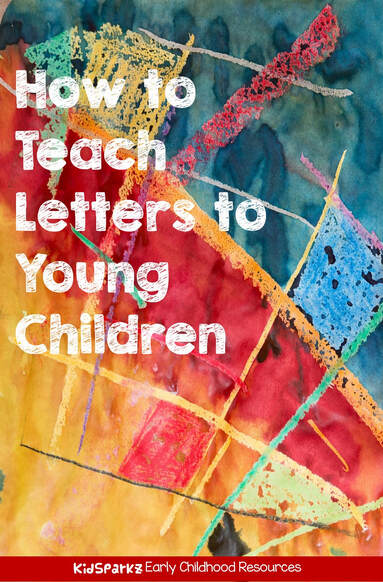
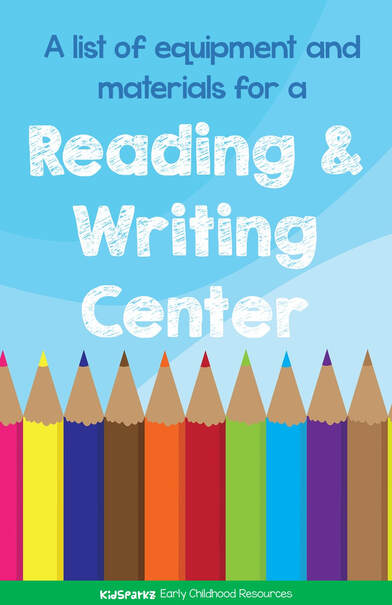
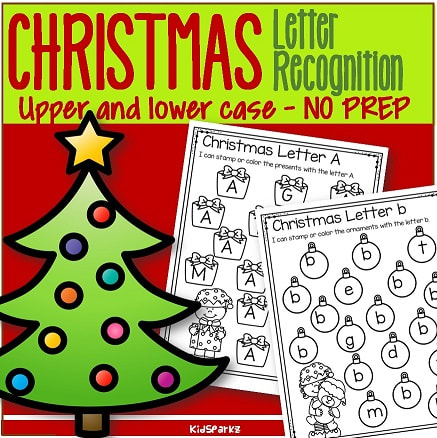
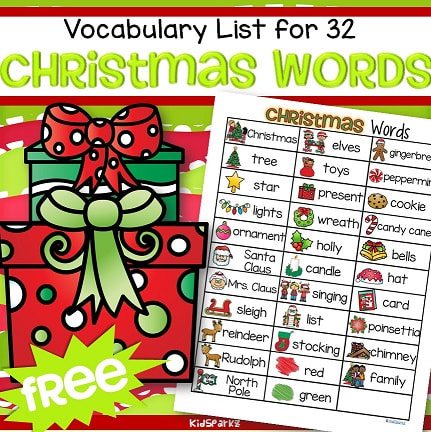
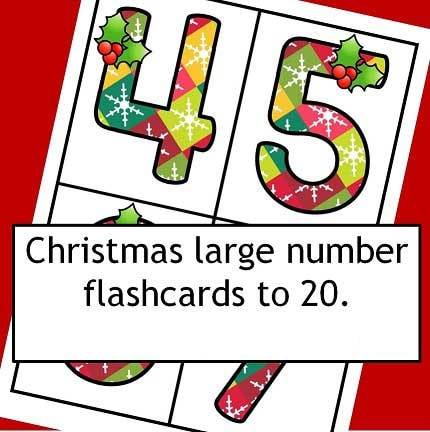
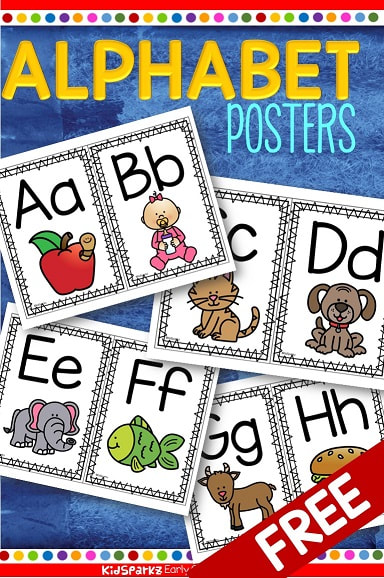
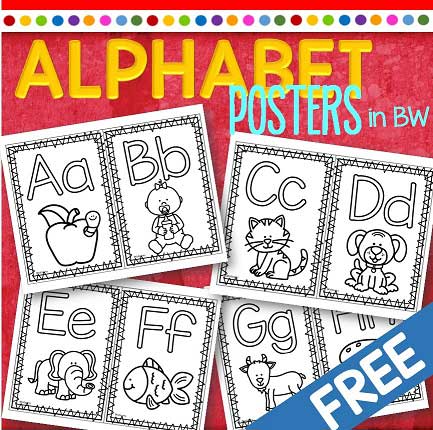

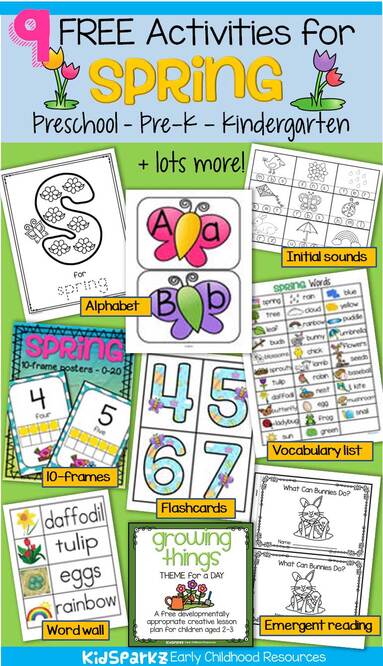
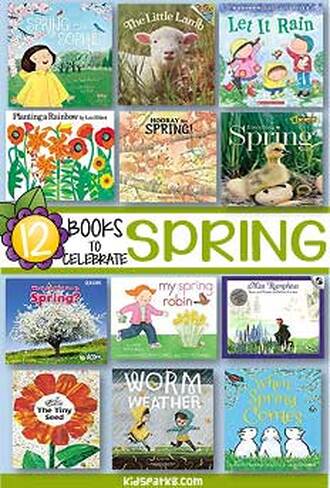


 RSS Feed
RSS Feed
